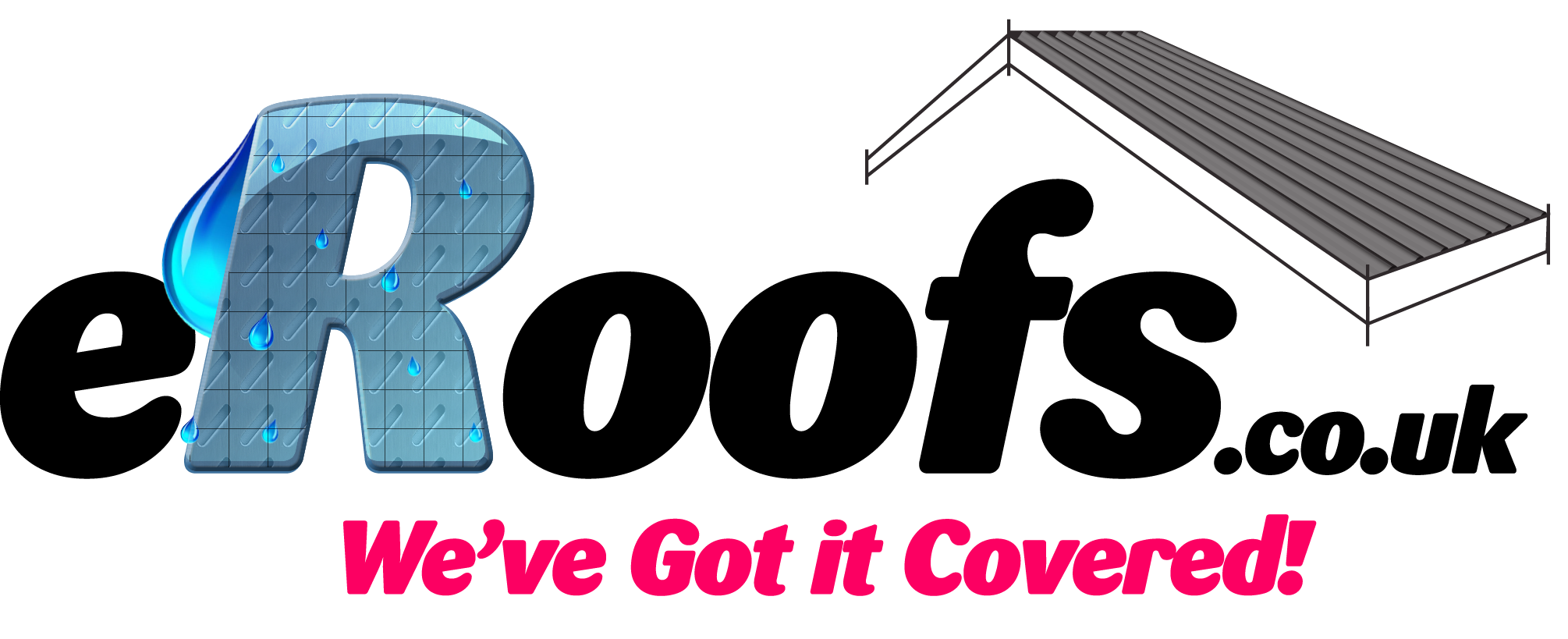When it comes to home improvement, the roof is often the last thing on our minds. We tend to focus on more visible aspects like paint colours, flooring, or kitchen renovations. However, one crucial element that should not be overlooked is attic ventilation and roof vents. These components play a vital role in preventing destructive issues such as mould, mildew, and moisture build-up. If you’re thinking about upgrading your roof, it’s essential to understand why attic ventilation deserves your attention.
Understanding Attic Ventilation
Before delving into the significance of attic ventilation, let’s first grasp what it entails. Attic ventilation refers to the process of allowing air to circulate within the space between your roof and ceiling. This circulation helps regulate temperature extremes and prevents excess moisture from accumulating.
The Role of Roof Vents
Roof vents are an integral part of attic ventilation systems. They facilitate the exchange of stale and humid air with fresh outdoor air, maintaining a healthy environment in your attic. By allowing hot air to escape during summer months and preventing condensation during colder seasons, roof vents help preserve the integrity of your entire roofing system.
Preventing Moisture Buildup
Moisture buildup is one of the most common problems that can occur in an improperly ventilated attic space. Without adequate airflow, moisture from everyday activities such as bathing or cooking can accumulate in your attic. Over time, this excess moisture can lead to mold growth, wood rotting, and compromised insulation effectiveness.
The Dangers of Mould and Mildew
Mould and mildew thrive in damp environments with poor ventilation. These fungi not only cause unsightly stains but also pose health risks for you and your family members. Prolonged exposure to mould spores can trigger respiratory issues such as allergies or asthma attacks.
To ensure a healthy living environment free from harmful mold growth, proper attic ventilation is crucial. It helps prevent excess moisture buildup and creates an inhospitable environment for mold and mildew to flourish.
Extending Roof Lifespan
Investing in a new roof is a significant undertaking, both financially and in terms of time and effort. Therefore, it’s essential to maximize the lifespan of your new roof. Proper attic ventilation plays a pivotal role in achieving this goal.
Reducing Heat Build-up
During hot summer months, attics can become extremely hot without proper ventilation. This excessive heat build-up can cause shingles to deteriorate prematurely, leading to cracks, curling, or even total failure. By allowing hot air to escape through roof vents, you can help regulate attic temperatures and alleviate strain on your roofing materials.
Preventing Ice Dams in Winter
In colder climates, ice dams pose a significant threat to roofs without adequate ventilation. Ice dams form when warm air from your living spaces rises into the attic and melts snow on the roof’s surface. The melted snow then refreezes at the eaves where it’s colder, creating ice dams that trap water.
Proper attic ventilation helps maintain consistent temperatures throughout your roof, preventing snowmelt from occurring unevenly and reducing the likelihood of ice dam formation. This simple preventative measure can protect your roof from potential water damage caused by ice dams.
Energy Efficiency Benefits
Attic ventilation goes beyond preserving your roof’s lifespan; it also contributes to energy efficiency within your home. By regulating temperature extremes in your attic space, proper ventilation reduces the demand on your HVAC system.
Cooling Cost Savings
During scorching summer months, an improperly ventilated attic traps heat within your home. This leads to increased cooling costs as your air conditioner works harder to maintain comfortable indoor temperatures. With sufficient airflow provided by well-designed attic ventilation systems, you can significantly reduce cooling expenses and conserve energy.
Preserving Insulation Effectiveness
Insulation plays a crucial role in keeping your home comfortable year-round. However, without proper attic ventilation, insulation can become compromised. Excessive heat and moisture in the attic can cause insulation to deteriorate, reducing its effectiveness.
By maintaining optimal attic temperatures through proper ventilation, you ensure that your insulation remains efficient in regulating indoor temperature and minimizing energy loss.
Conclusion
While often overlooked, attic ventilation is an essential aspect of roof maintenance and longevity. By preventing moisture buildup, preserving insulation effectiveness, and reducing energy consumption, proper attic ventilation saves you from potential headaches down the road. Whether you’re considering a new roof or looking to upgrade your existing one, don’t forget to prioritize attic ventilation for a healthier and more sustainable home.

